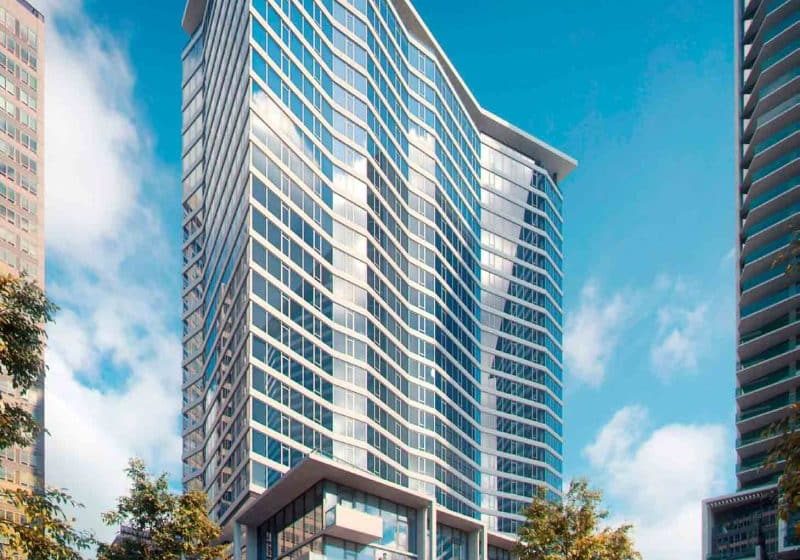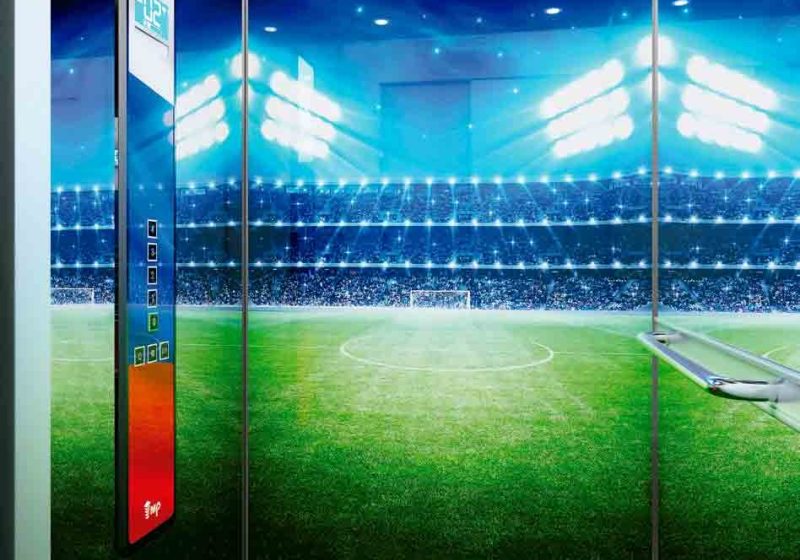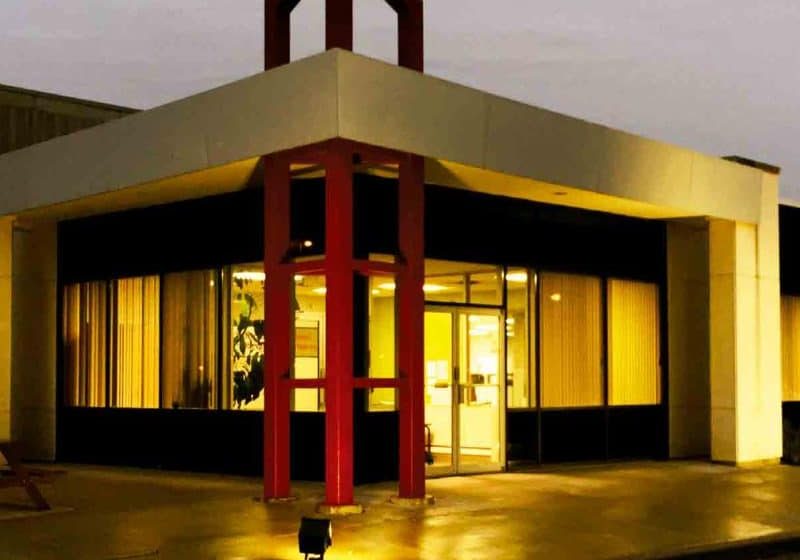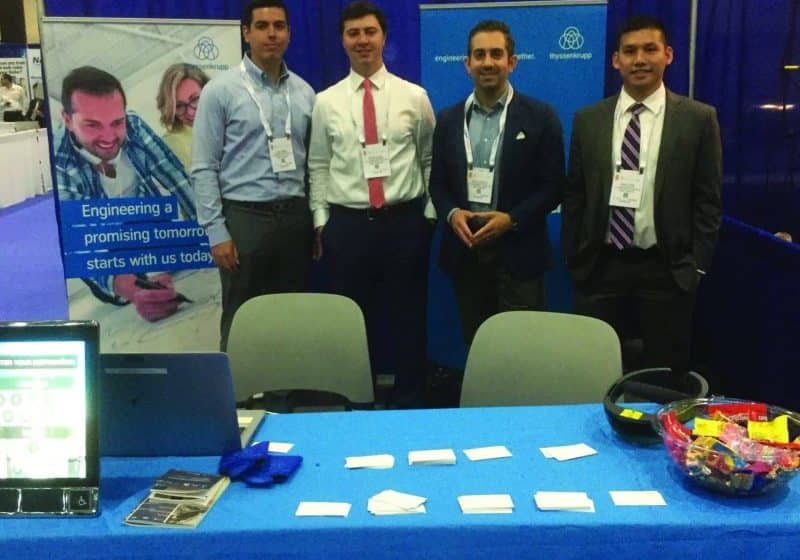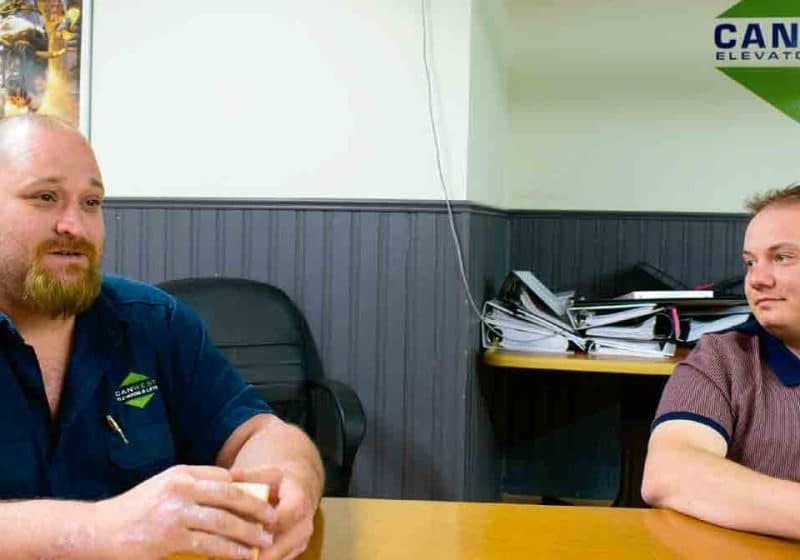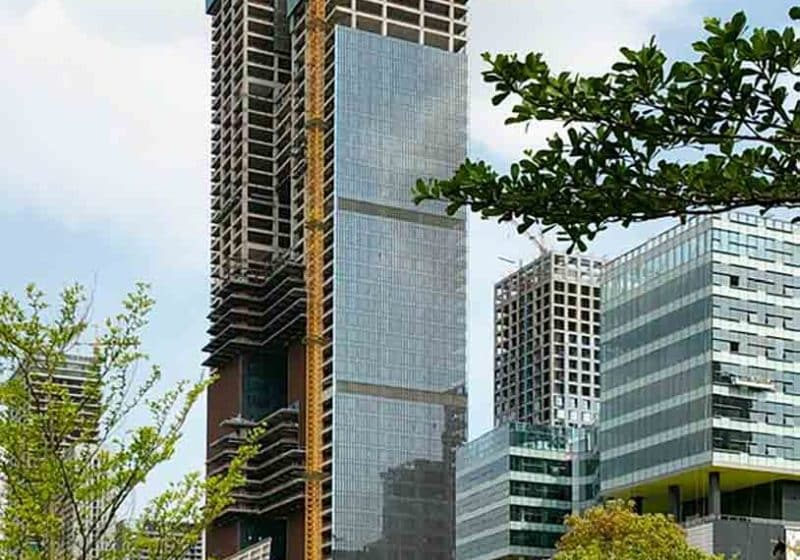More Than Meets the Eye
Aug 1, 2018
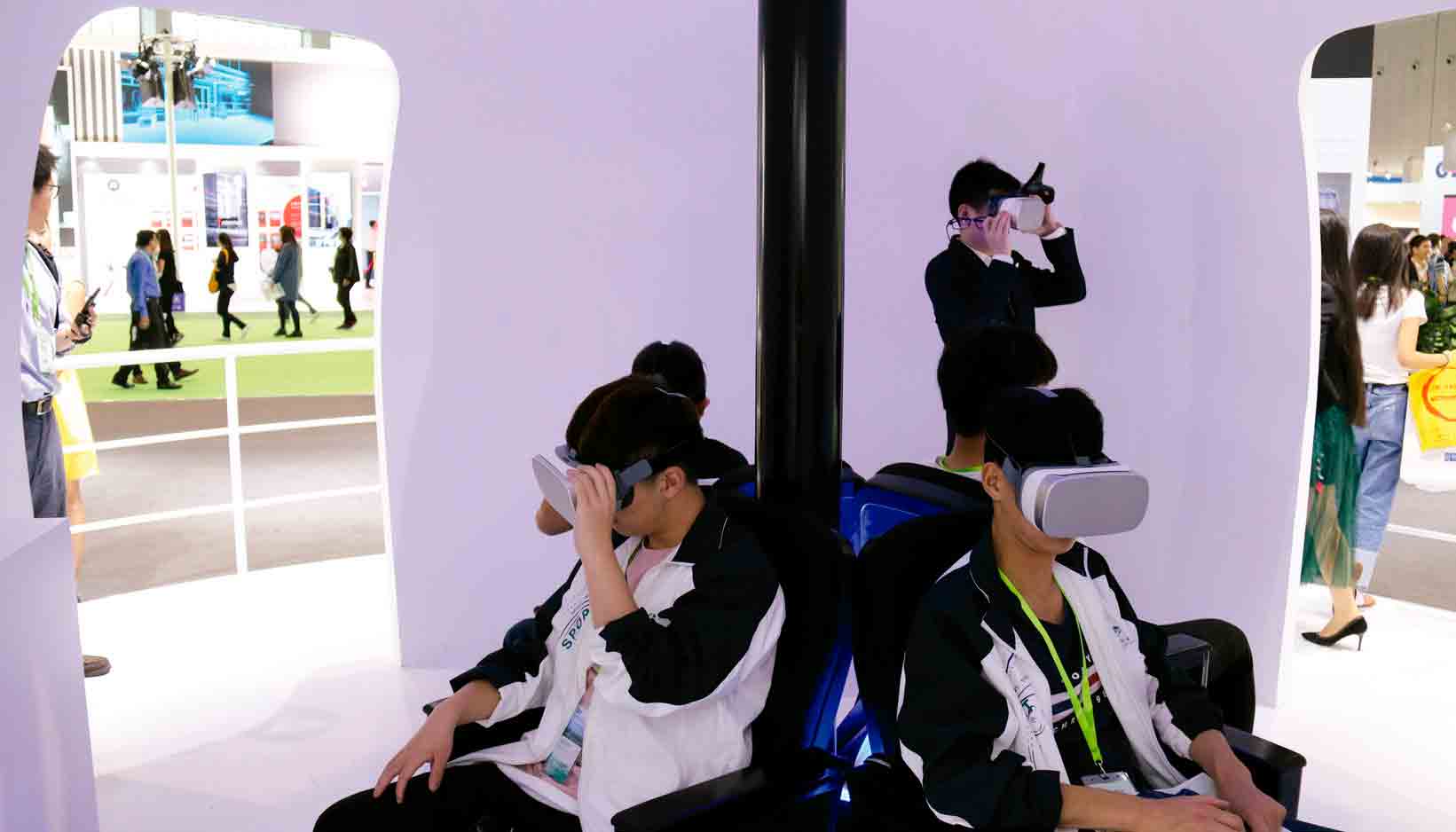
New trends emerge at the 13th WEE Expo in Shanghai.
The Chinese economy is transitioning from high growth to high-quality development powered by nation-encouraged innovation and improved efficiency in national and enterprise administration. This means the country contributes to the global economy in a more stabilized and sustainable way, in addition to consolidating its national economy. Development of the elevator industry in China seems to have followed this transitional line closely. However, the lowered growth rate still holds up an enormous market, considering the steady processes of urbanization and the increasing number of modernization jobs to upgrade the aged installations across the land. According to a study by CTBUH, 40% of all elevators and escalators in the world will be in China by 2020. It sounds amazing and inviting.
The 13th World Elevator & Escalator (WEE) Expo was held at the National Exhibition and Convention Center in Shanghai on May 8-11. Exhibitors came from more than 20 countries and regions. Statistics from 2016 showed that 780,000 units were manufactured in China, with a growth rate of 5%, and up to 5 million units in use, with a growth rate of 17.6% in 2016; by the end of 2017, the nationwide operational units grew to 5.627 million. Industry workers, businesspeople and professionals met here again to exchange technology and innovation, renew friendships, rejoice together and explore changes in this well-known modernized metropolis.
Your reporter has attended all 13 WEE Expos, beginning with the show’s debut in August 1996, and covered all of them for ELEVATOR WORLD since 1998. Carrying on the EW mission over two decades enabled me to witness significant changes in booths over the years that are telling for successful companies in China. In November 1998, I met Zhu Xiaodi, a founder of Shanghai BST, for the first time at his small booth in Beijing. It was a rectangular one with eyecatching blue letters on yellow walls. Since, Shanghai BST has developed into a global brand loved
by roughly 300 customers from 79 countries and regions around the world.
On day one, Hans Eberle, managing director of mayr, invited me for a chat in his booth. He expressed great concerns about elevator safety. I share his worries, as the industry seems to get more commercialized at the cost of safety, especially when acute price competitions take place between companies. I think this trend may result in great harm to both elevator manufacturers and users.
Previous accidents can remain good lessons for manufacturers and building owners, reminding them that safety is the permanent theme of the entire elevator industry. With nationwide efforts in 2017, the number of elevator-related accidents decreased significantly to as few as 56, of which 50% were field related, and 12.5% were due to failure or malfunction of safety devices on the equipment. There is obviously room to improve — safety should be regarded as the initial and primary goal of the whole elevator industry.
On day two, EW was invited to a seminar by Suzhou Rhine Lift, a pioneer in the niche of inclined elevators in China. It has won an EW Project of the Year Award several times, most recently for the Taipa Houses-Museum Pedestrian System in Macao (EW, January 2018). Jiang Liming and his engineering team continue to work with potential customers in need of inclined systems as the demand on these installations rises.
Over the decades, the stands of elevator and component manufacturers have seen noticeable changes, and full-height hoistway settings and massive machines on show have become scarce. Instead, artificial-intelligence (AI) models and virtual-reality display screens or headsets see widespread application. These enable visitors and guests to experience a rider’s changing views as an elevator car travels all the way up and down a glass hoistway or to enjoy bird’s-eye views by means of a flying drone.
Today’s approach to expo activity handling involves efforts toward sustainable development. It is good to see that more attention is being paid to save resources with green solutions, which is in line with the hosting nation’s present international advocation of building an intimate community of shared destiny. As Samantha Cristoforetti, an Italian astronaut, put it when looking down at Earth from space, “. . .we really have to stick together as a human family to make sure we are a permanent presence on this planet and not just this blink of an eye.”
Indeed, we all live in a challenging planet with varied cultures, multiple ethnic groups, different skin colors, religions and social systems. However, people of different countries have, in fact, become members of an intimate community, closely linked to and relying on one another. To meet the challenge of how the global elevator industry can balance earth’s ecological health and human needs more effectively, some China-based elevator manufacturers, together with project contractors in other trades (e.g., construction), have started playing a necessary role in city construction. They provide vertical-transportation equipment for new buildings, either in bustling cities like Jakarta, Indonesia, and Bangkok; help locals rebuild their homes in conflict-ruined Asian countries; and build infrastructure systems in developing countries in Africa and South America, always with an eye toward more sustainable and ecologically friendly solutions.
Home lifts have found a good market prospect in China, as more people begin to own houses. Some exhibitors oriented their booths as specialized vertical-transportation-equipment and service providers for homes and villas. They looked confident and experienced, showed visitors models of installations monitored (or even operated) with the aid of the Internet of Things. When I paused to wonder at a couple of car operating panels fixed on the door panel, a young exhibitor explained, “It’s not practicable in real installation, but only a makeshift one here for show.” Similar business lies in modernization projects, including attachment of external-hoistway elevators to existing residential buildings. Some elevator companies, big or small, have launched this kind of business with a view to facilitating urban life. Small elevator contractors may be more flexible to win the bid. For example, a contractor can install elevators into an old residential building in which senior citizens live, taking a small down payment from the local government with the remaining portion and maintenance costs to be paid via users’ rent, while the contactor remains owner of the equipment.
Unlike at previous WEE shows, many automated processing lines and machines with AI controls were showcased in several halls. With fast-advancing AI technologies, welding, sheetmetal processing equipment or robots can tailor materials to particular customer needs.
I was surprised to catch sight of a carefully worked-out elevator parts catalog for users with detailed specifications and a colored picture about each part at the booth of a Ningbo, China-based elevator parts supplier. It was almost as good as a HAUER (German spare-parts supplier) book. From the confident faces of these young people behind the booth counter and the way they work, your reporter envisages a promising future for our industry in China, as well as the world. William C. Sturgeon, founder of EW, used to say, “Pictures speak more than words.” So, let the pictures taken in and outside the show halls speak.
The next WEE Expo will be held in Shanghai on May 6-9, 2020. Visit en.elevator-expo.com for updates.
THE VIRTUE OF TEAMWORK
Successful companies feature teamwork, as people are key to the development of the global vertical-transportation industry, as well as to an organization. Researchers, CEOs, engineers, inspectors and field employees all work alike toward the shared goals of our industry.
An employee to a business is what a roller, a sensor or a governor is to an elevator that travels safely and reliably, only when every part and component on it works properly with the others. Good teamwork depends on well-minded people who pull together as one for a company, an organization or the whole industry. The virtue of teamwork is a treasure to any business or tasks.
EW extends its sincere thanks to these friends who have posed for pictures taken during the WEE Expo for this photo essay.
Get more of Elevator World. Sign up for our free e-newsletter.


